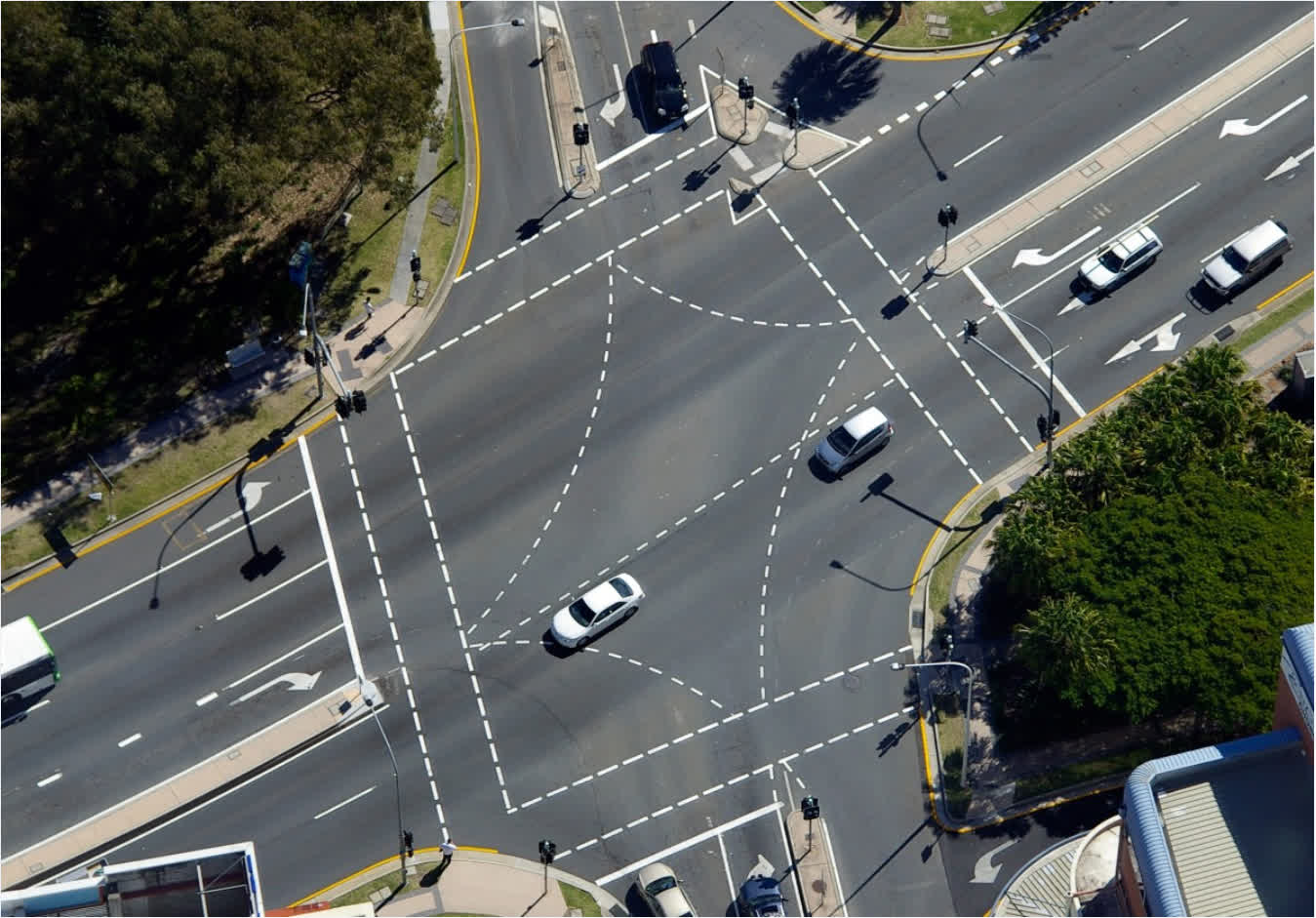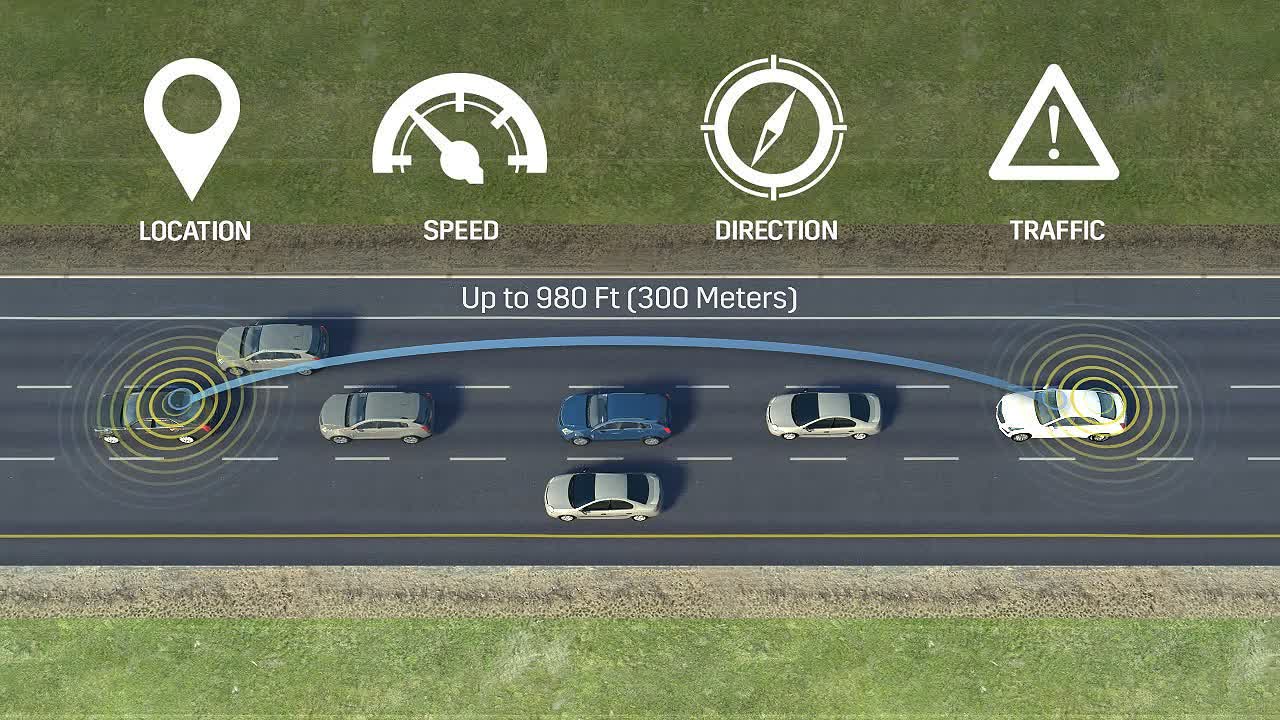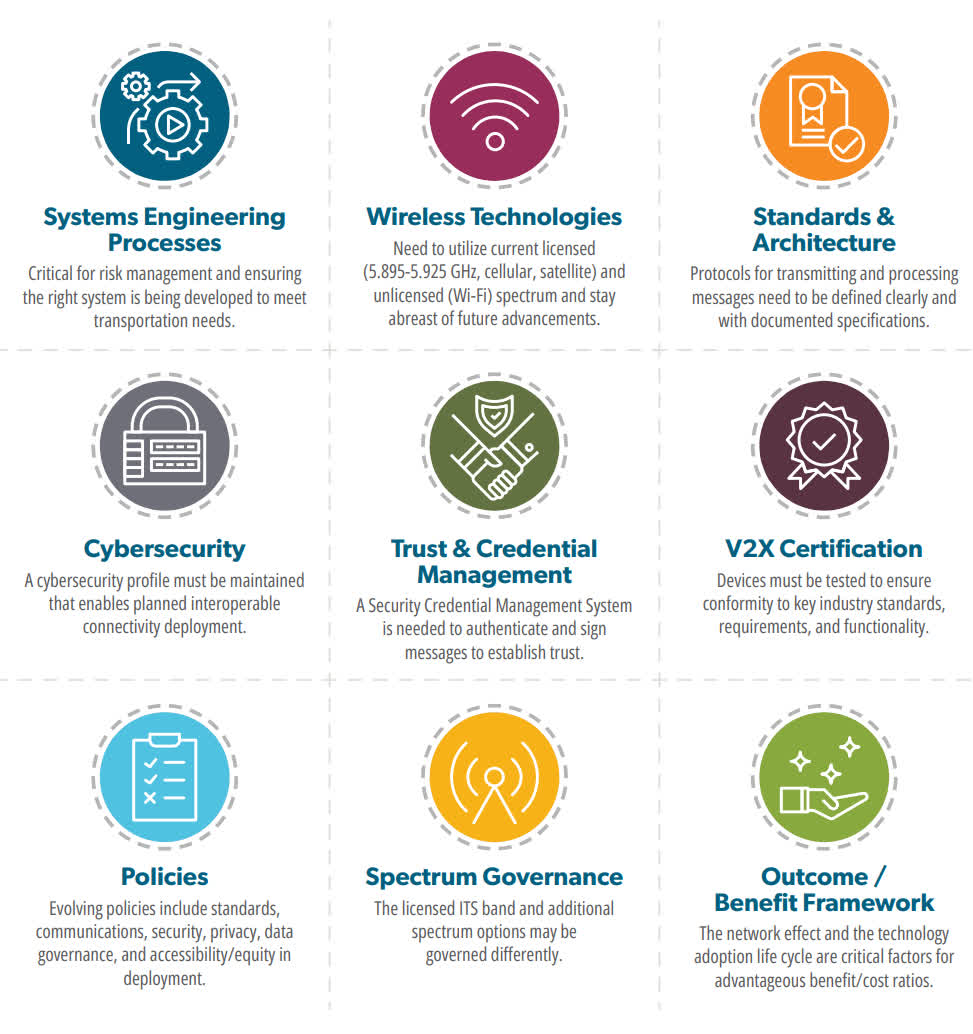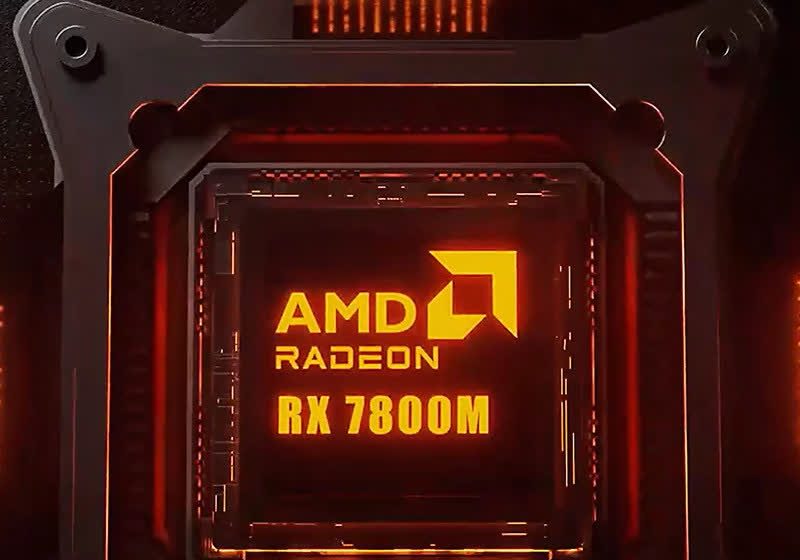In brief: According to the National Highway Traffic Safety Association (NHTSA), there were 40,000 traffic-related fatalities last year. The U.S. Department of Transportation hopes to reduce that statistic to zero with a comprehensive technology framework called V2X, an ambitious plan that addresses improving infrastructure, vehicle technology, and regulation to make our road trips as safe as possible.
Automakers and regulatory agencies have been implementing safety features for decades, including Blind Spot Detection and Lane Departure Warning, which use flashing lights and audible chimes to alert the driver. There’s also the Automatic Emergency Braking system that utilizes cameras and computer analysis to detect a potential collision and automatically apply brakes if the driver does not react fast enough. Adaptive Cruise Control systems like Chevrolet’s Super Cruise, meanwhile, allow the vehicle to maintain speed, distance, and passing hands-free, but driver attention is mandatory.
The adoption of these safety features is slow and fragmented, as each automaker varies which ones they offer based on the vehicle trims. The U.S. Department of Transportation (DOT) has released its plan to address this issue while aiming to reduce traffic deaths to zero: the national deployment of Vehicle-to-everything (V2X).
V2X uses wireless communication technology (5.895 – 5.925 GHz) for vehicles to exchange information directly with each other or with data centers to enhance driving safety. It sounds like quorum sensing, the cell-to-cell communication process bacteria use to detect and respond to environmental and population changes.
Interoperability is another part of the V2X vision, as it will standardize data communication and security across the entire technology stack.
The V2X plan has several vital areas:
- Vehicle-to-Vehicle (V2V) shares information such as position and speed between vehicles to prevent collisions.
- Vehicle-to-Infrastructure (V2I) allows the interpretation of traffic signals and road signs to improve traffic flow.
- Vehicle-to-Pedestrian (V2P) will alert pedestrians and cyclists about potential dangers.
- Vehicle-to-Network (V2N) allows vehicles to connect to data centers and cellular networks for real-time updates on traffic and road conditions.
V2X is part of the National Intelligent Transportation Systems (ITS) Reference Architecture, a framework for planning, defining, and integrating technology into transportation systems. This framework keeps V2X adaptable as newer technologies become available.
The fact that the DOT is committed to cybersecurity with V2X is good news, especially with the revelation this year that GM is selling driver data. V2X is secure by design; a Security Credential Management System (SCMS) will authenticate and digitally sign messages to establish trust among its certified components. And even though automakers will have access to some of the data, the focus on protecting Personal Identifiable Information (PII) for its intended purpose should mitigate inappropriate use.
The DOT has laid out a plan to implement V2X across the four main areas: infrastructure deployments, vehicles, spectrum and interoperability, benefits, and technical assistance. The goals are in phases: short-term, between 2024-2028; medium-term, between 2029-2031; and long-term (significant adoption), between 2032-2036. Automakers are not required to adopt V2X, but the DOT hopes its layered approach of standardization, technical assistance, regulatory support, and seed funding will encourage rapid adoption.





